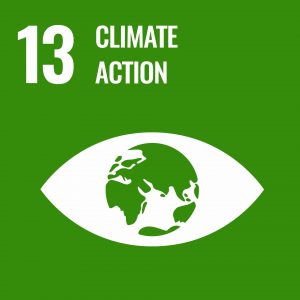Atmospheric Chemistry
Astrochemistry
Physical Chemistry

ISHIZUKA Shinnosuke[Affiliation April 2022-August 2023]
Starting year 2022
Nagoya University
Institute for Advanced Research / Institute for Space-Earth Environment Research
YLC Designated Assistant Professor
Research Areas:Environmental Science / Agriculture Science Natural Science
Research fields
Research Interests
Atmospheric Aerosol
Cosmic Dust
The Air-Water Interface
Nucleation & Growth
Professional Memberships
The Japan Society of Atmospheric Chemistry
The Japanese Association for Crystal Growth
Japan Geoscience Union
Main research topics
Nano-Micro particles play critical roles in the nature. Aerosols in the atmosphere are the key in the climate change and environmental pollution. Cosmic dust are vital components in astrophysical processes. However, little attention has been paid for specific chemistry of the tiny particles.
The smaller size causes increasing contributions from their surfaces, which is critical to thermodynamic properties and chemical reactivity of the tiny particles. Confinement in the small volume of aqueous droplet facilitates access to highly supersaturated states. In addition, particles smaller than 10 nm shows different material properties from the bulk. These tiny characters would be the key to elucidate formation of atmospheric aerosol and cosmic dust from gaseous molecules (0.1 nm), and growth and degradation driven by interactions with the environments including the surrounding gas species and light irradiation.
My goal is to elucidate (1) nucleation and growth from vapor, and (2) phase transition of the tiny particles and molecular processes at the interfaces, and (3) to evaluate their roles in the atmosphere/Universe quantitatively. I reveal fates of atmospheric aerosol and cosmic dust by using and developing novel experimental techniques including in-situ IR spectroscopy, surface-sensitive mass spectrometry, in-situ transmission electron microscopy, and optical tweezers.


Representative papers
Ishizuka, S., Kimura, Y., Sakon, I., Kimura, H., Yamazaki, T., Takeuchi, S. and Inatomi, Y. Sounding-Rocket Microgravity Experiments on Alumina Dust. Nature Communications, 2018, 9(1), 3820.
Ishizuka, S., Matsugi, A., Hama, T. and Enami, S. Interfacial Water Mediates Oligomerization Pathways of Monoterpene Carbocations. The Journal of Physical Chemistry Letters, 2020, 11 (1), 67-74.
Research URL
researchmap https://researchmap.jp/Shinnosuke_Ishizuka
Google Scholar https://scholar.google.co.jp/citations?user=L34LlUIAAAAJ&hl=ja
Global issues to be solved through this project
Aerosol hygroscopicity altered by nanoscale inhomogeneity
Nano to micrometer-sized aerosols ubiquitous in Earth’s atmosphere impact the climate system by light absorption and scattering and by promoting cloud droplet formation. PM2.5 (aerosols < 2.5 mm in diameter) is one of the controlling factors of 4 million people death per a year due to the environmental pollution. Aerosols-Water interaction is the key to elucidate formation, growth, and degradation of the particulate matter and to evaluate their roles in the atmosphere. Here, we study inhomogeneity in inorganic-organic mixed aerosols in nanoscale and its influences on their hygroscopicity. Single particle measurement is challenged by using optical-tweezers and in-situ transmission electron microscopy.
Interview
No interview
News
-
お知らせ
The 2nd Kick-off meeting for AY2022 was held.
-
お知らせ
The name was changed to T-GEx Fellow and T-GEx Associate.
-
お知らせ
Academic Mentor for FY2022 T-GEx Fellows has been decided.
-
お知らせ
The 1st kick-off meeting for AY2022 T-GEx Fellows was held.
-
お知らせ
The 6 T-GEx Fellows were selected for AY2022 T-GEx program.

